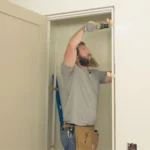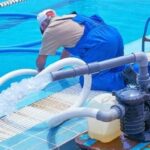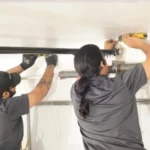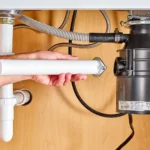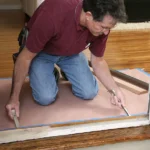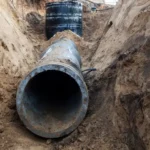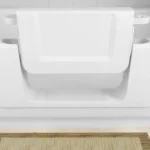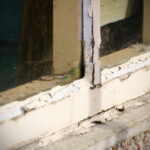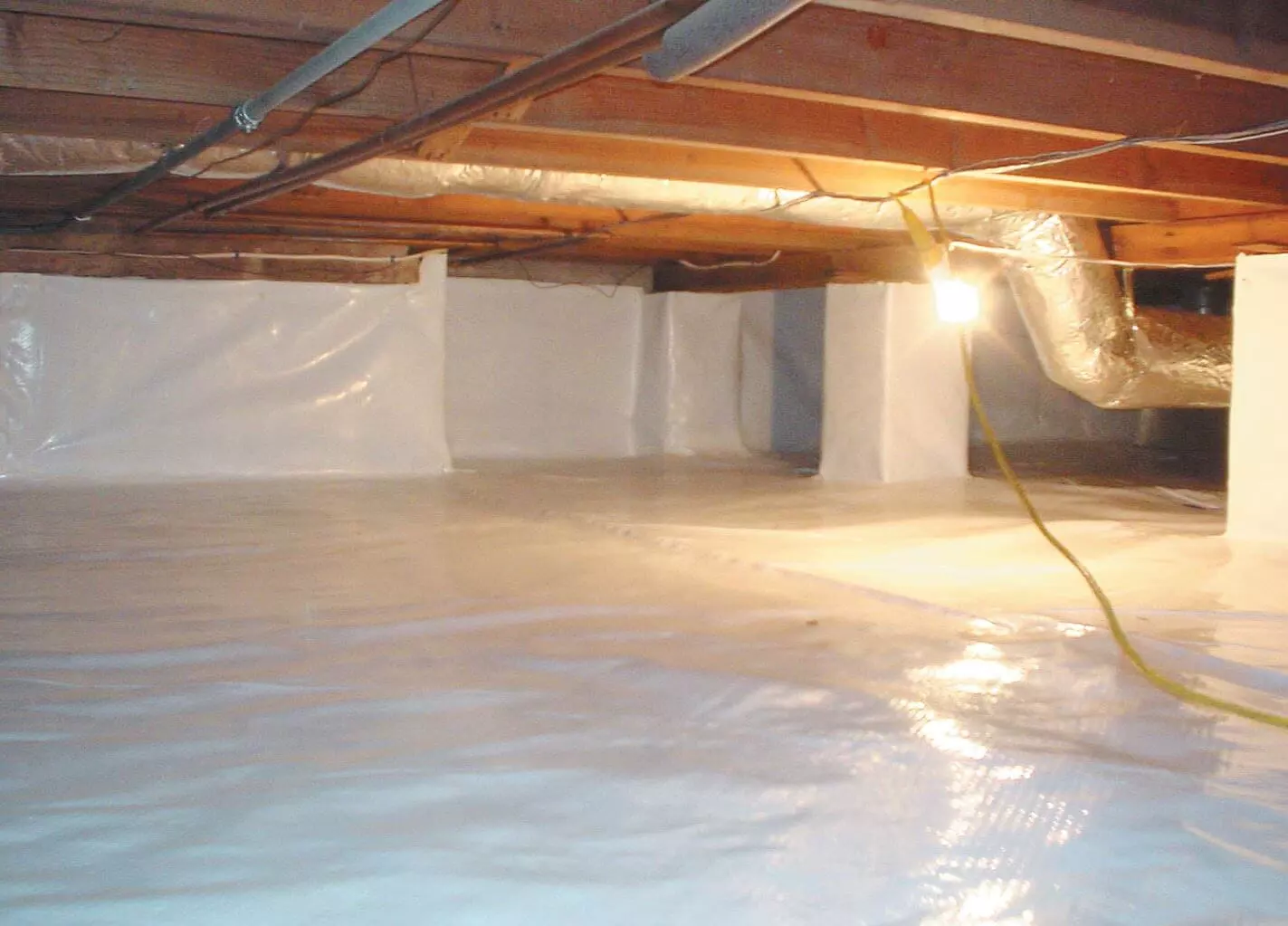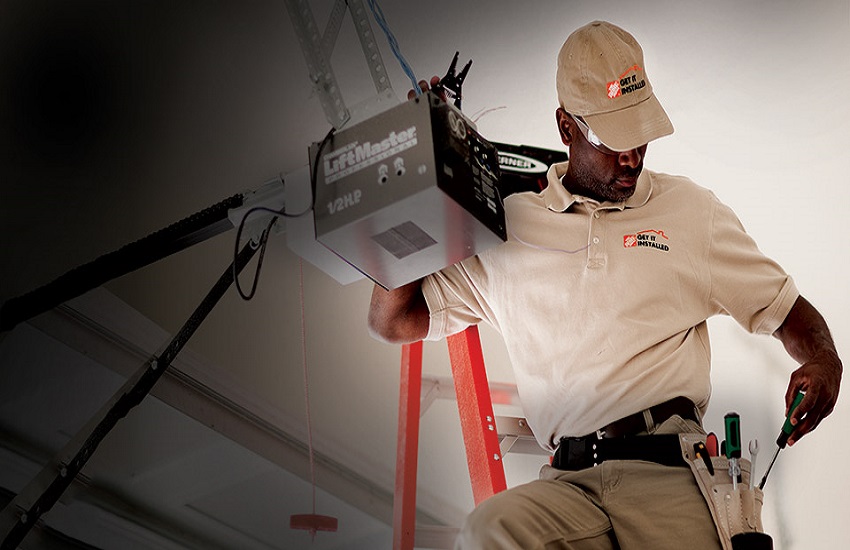Water line issues can lead to significant problems in both residential and commercial properties, including water damage and increased utility bills. Timely water line repair is crucial to prevent costly damages and ensure a reliable water supply. Understanding the signs of a potential water line problem can help homeowners take proactive measures before the situation worsens.
The common indicators of a failing water line include unexpected puddles in the yard, a sudden drop in water pressure, and an increase in monthly water bills. Addressing these issues swiftly can save property owners from extensive repairs and disruptions to their daily lives. Expert advice and services are available to help navigate these challenges effectively.
Repairing a water line can range from simple fixes to more complex solutions, depending on the severity of the problem. Engaging a qualified professional ensures that the repairs are done efficiently and correctly, restoring peace of mind for the property owner.
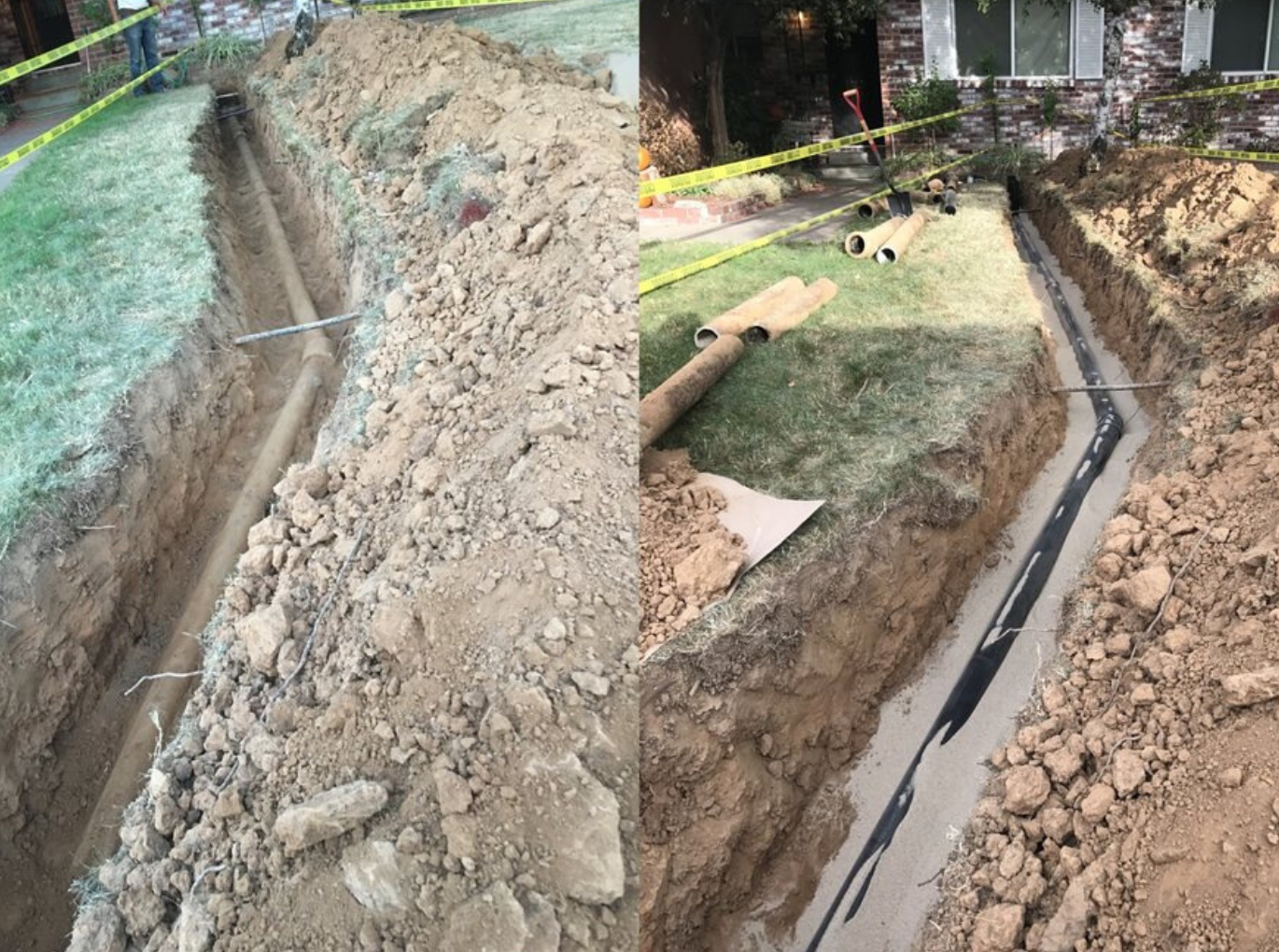
Content
Understanding Water Line Repair
Water line repair involves addressing issues that arise within the piping system delivering water to a property. Recognizing the causes and signs of water line damage is essential for timely and effective repairs.
Common Causes of Water Line Damage
Water lines can sustain damage from various sources. Some common causes include:
- Corrosion: Aging pipes often corrode, which can lead to leaks.
- Tree Roots: Roots can invade pipes, causing blockages or breaks.
- Temperature Changes: Freezing and thawing can create pressure and cracks in pipes.
- Ground Movement: Soil erosion or settling can shift pipes, leading to misalignment or breaks.
Other factors like poor installation or physical impact from construction can also contribute to water line issues. Regular maintenance can help mitigate these risks.
Signs of Water Line Issues
Detecting water line issues early can prevent significant damage. Key indicators include:
- Unexplained Water Bills: An unexpected increase may signal a leak.
- Wet Spots: The presence of damp areas in the yard indicates potential underground leaks.
- Low Water Pressure: A sudden drop in water pressure can be a sign of a damaged line.
- Discoloration of Water: Rusty or brown water can indicate corrosion inside pipes.
Property owners should monitor these signs closely. Early detection allows for prompt professional assessment and repair, minimizing potential damage and costs.
Practical Repair Solutions
Water line repair requires a variety of techniques and services to address issues effectively. Homeowners can choose between DIY methods or hiring professionals. Additionally, regular maintenance can help prevent future problems.
DIY Repair Techniques
Homeowners may attempt to repair minor leaks or damage themselves to save costs. Recommended techniques include:
- Finding the Leak: Inspect the area for signs of wetness or water pooling. Using a moisture meter can help locate hidden leaks.
- Pipe Sealants: For small leaks, applying a pipe sealant or epoxy putty can provide a quick solution. Ensure the surface is clean before application for the best bond.
- Replacing Sections: If the damage is localized, cutting out the affected section and replacing it with a new pipe may be necessary. It’s important to use the correct fittings and materials.
Tools Needed:
- Adjustable wrench
- Pipe cutter
- Teflon tape
Professional Repair Services
In cases where the damage is extensive or if a homeowner lacks the necessary skills, hiring a professional can ensure proper repair. Professional plumbing services typically include:
- Assessment: Technicians conduct a thorough inspection to identify the root cause of the issue.
- Advanced Techniques: Professionals may use techniques like trenchless repairs, which minimize disruption. This involves inserting a new pipe within the existing one.
- Compliance with Regulations: Professionals are knowledgeable about local building codes, reducing the risk of future legal issues.
Benefits:
- Warranty on work performed
- Use of specialized equipment
- Expertise in handling complicated repairs
Preventative Maintenance and Care
Regular maintenance can significantly reduce the likelihood of water line issues. Key actions include:
- Routine Inspections: Homeowners should perform periodic checks on visible pipes for signs of wear or corrosion.
- Insulating Pipes: In colder climates, insulation helps protect pipes from freezing and bursting.
- Monitoring Water Pressure: Excessively high pressure can stress pipes. Installing a pressure regulator can help maintain safe levels.
Additional Tips:
- Immediately address any signs of leaks.
- Keep landscaping away from pipes to avoid root intrusion.
- Flush water lines annually to prevent sediment buildup.

Elena Mohr is a dedicated home blogger who has been blogging for over six years. She covers everything home related. Elena also loves writing posts about her travels to Europe with her husband and two children.
